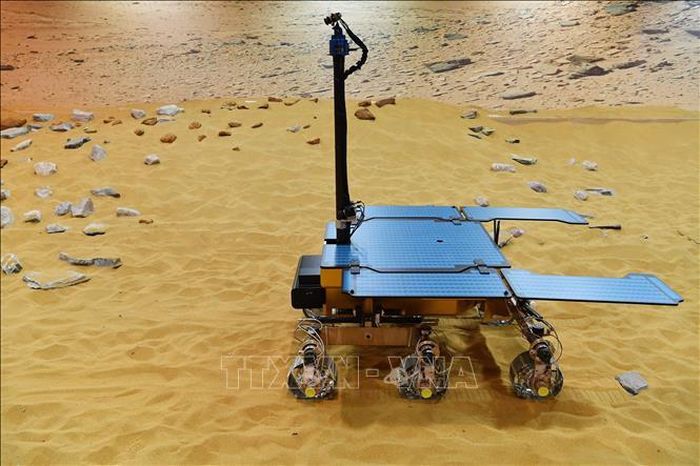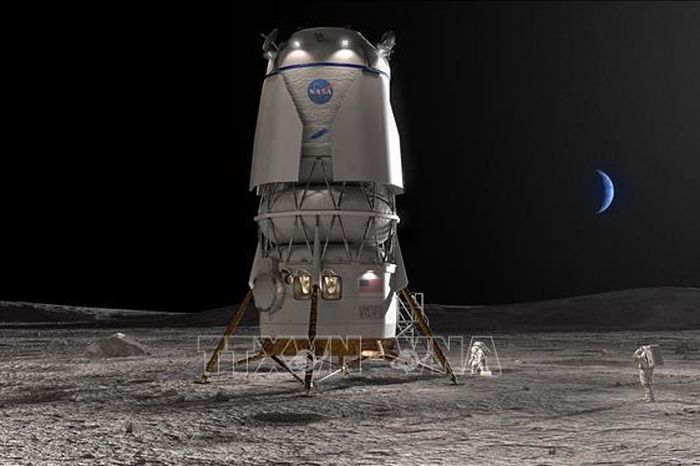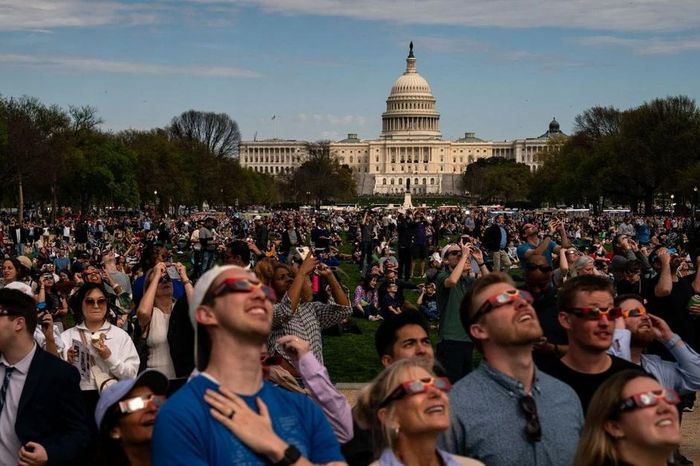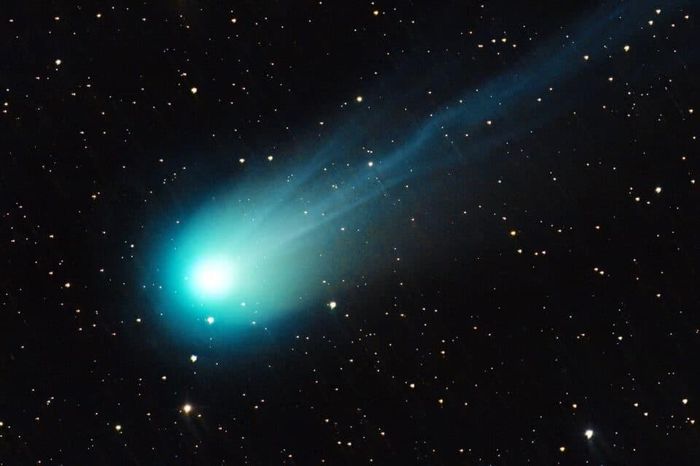Detection of a rare comet appearing during a total solar eclipse

While millions of people across North America watched the moon blot out the sun and its shadow raced along the total eclipse path between Mexico and Canada at more than 1,400 miles per hour. This cosmic event, also visible from space, lasted a whopping 4 minutes and 28 seconds.
In the hours before the eclipse, Worachate Boonplod, an amateur astronomer in Thailand, discovered a small comet "sungrazer" near the sun after detecting a faint disruption recorded by NASA's Solar and Heliospheric Observatory (SOHO) log. This comet is named SOHO-5008.
Later in the day, astronomers lost sight of SOHO-5008 because it may have disintegrated after getting too close to the sun. Because data collected by researchers before the comet's destruction was limited, it's unclear how big the comet was or how close it was to the sun.
Sungrazers, which are comets that travel within a distance of about 8 million kilometers from the sun, or about 10 times closer to the sun than Mercury, were first discovered in the late 19th century. According to Spaceweather.com, most Most sungrazers are believed to be fragments of a giant comet that exploded about 2,000 years ago.
Previously, comet sungrazer was also photographed during the solar eclipse on December 14, 2020 in Argentina and Chile. Comet C/2020 X3 (SOHO-3524) was discovered and photographed as it was moving toward the sun. Experts believe that this sungrazer comet, observed over a longer period of time, is about 15 meters wide and moving at a speed of 725,000 km/h, according to NASA.
SOHO-5008 isn't the only comet being sought after by photographers during a solar eclipse. The icy comet 12P/Pons-Brooks, also known as the "devil comet", is also said to have been photographed and may even be visible to the naked eye.
You should read it
- NASA instructs how to observe a total eclipse safely
- Why do total solar eclipses occur more frequently in the Northern Hemisphere than in the Southern Hemisphere?
- August 21, 2017: NASA will broadcast 360-degree videos directly on Facebook's transcontinental eclipse phenomenon on Facebook, you can see
- Tens of millions of people await the total solar eclipse in North America on April 8
- America must prepare 'carefully' for the Japanese Food Festival which will take place on August 21
- Admire the best images of the total solar eclipse on August 21
 The Rosalind probe will be launched to Mars in 2028
The Rosalind probe will be launched to Mars in 2028 The US reaffirmed its intention to send the first Japanese astronaut to the Moon
The US reaffirmed its intention to send the first Japanese astronaut to the Moon Total solar eclipse in North America 'most impressive in hundreds of years'
Total solar eclipse in North America 'most impressive in hundreds of years' The 'Devil's Comet' appears with a total solar eclipse
The 'Devil's Comet' appears with a total solar eclipse Chinese scientists found vulnerabilities in NASA's hypersonic weapons development software
Chinese scientists found vulnerabilities in NASA's hypersonic weapons development software Tens of millions of people await the total solar eclipse in North America on April 8
Tens of millions of people await the total solar eclipse in North America on April 8